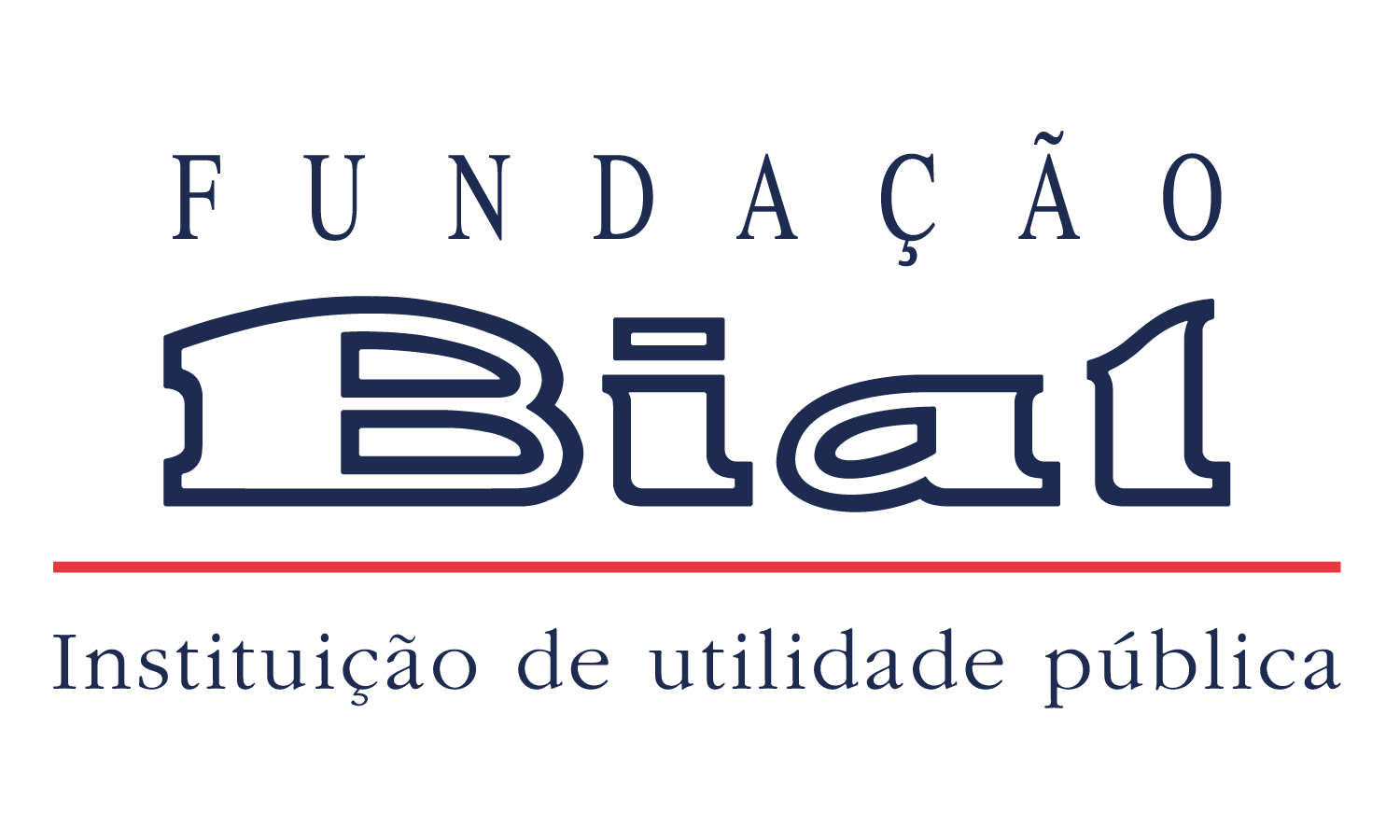No âmbito do projeto de investigação apoiado pela Fundação BIAL 117/18 - The neuronal basis of biases, a equipa de investigação liderada por Rubén Moreno Bote publicou o artigo Prefrontal cortex represents heuristics that shape choice bias and its integration into future behavior na revista Current Biology.
“Goal-directed behavior requires integrating sensory information with prior knowledge about the environment. Behavioral biases that arise from these priors could increase positive outcomes when the priors match the true structure of the environment, but mismatches also happen frequently and could cause unfavorable outcomes. Biases that reduce gains and fail to vanish with training indicate fundamental suboptimalities arising from ingrained heuristics of the brain. Here, we report systematic, gain-reducing choice biases in highly trained monkeys performing a motion direction discrimination task where only the current stimulus is behaviorally relevant. The monkey’s bias fluctuated at two distinct time scales: slow, spanning tens to hundreds of trials, and fast, arising from choices and outcomes of the most recent trials. Our findings enabled single trial prediction of biases, which influenced the choice especially on trials with weak stimuli. The pre-stimulus activity of neuronal ensembles in the monkey prearcuate gyrus represented these biases as an offset along the decision axis in the state space. This offset persisted throughout the stimulus viewing period, when sensory information was integrated, leading to a biased choice. The pre-stimulus representation of history-dependent bias was functionally indistinguishable from the neural representation of upcoming choice before stimulus onset, validating our model of single-trial biases and suggesting that pre-stimulus representation of choice could be fully defined by biases inferred from behavioral history. Our results indicate that the prearcuate gyrus reflects intrinsic heuristics that compute bias signals, as well as the mechanisms that integrate them into the oculomotor decision-making process.”

































































































